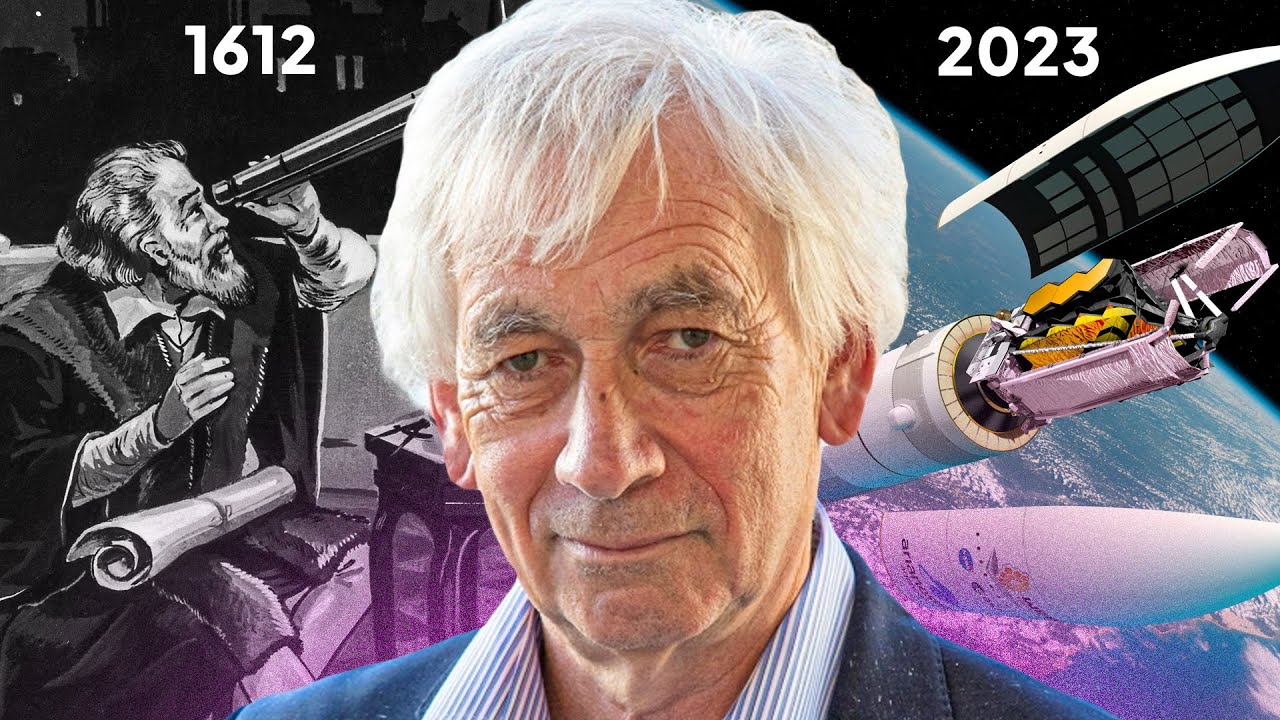After the big bang, the universe remained glowing with the light of its origin for around 370,000 years, at which time its temperature fell below that required to ionise hydrogen, causing protons and electrons to combine into neutral hydrogen atoms and render the universe transparent. The photons left over from this event are what we observe today as the cosmic microwave background radiation. This marked the beginning of the period called the cosmic dark age: the light of creation had faded, but the hydrogen had not yet collapsed into clouds sufficiently dense for the first stars to form.
Eventually, gravitational collapse led to the formation of stars, an event called “cosmic dawn”. Because the light from these first stars has been shifted in wavelength far into the infrared by the expansion of the universe since then, it cannot be observed from Earth’s surface, and only the recently commissioned James Webb Space Telescope combines the sensitivity to faint sources and access to the wavelengths in which they are observable to explore this epoch of the early universe.
Richard Ellis, now at University College London, has pioneered exploration of the early universe, using infrared telescopes and gravitational lensing to search for evidence of the cosmic dawn. He is author of the 2022 popular book When Galaxies Were Born: The Quest for Cosmic Dawn.
